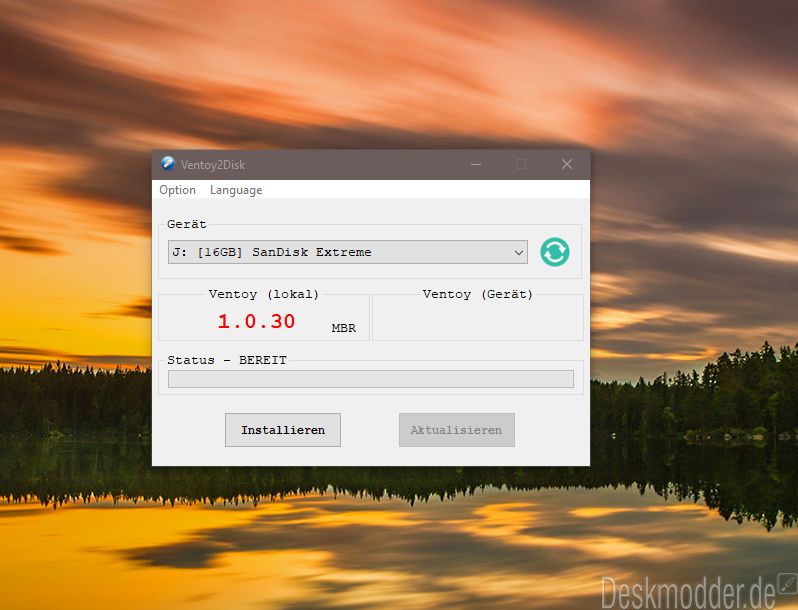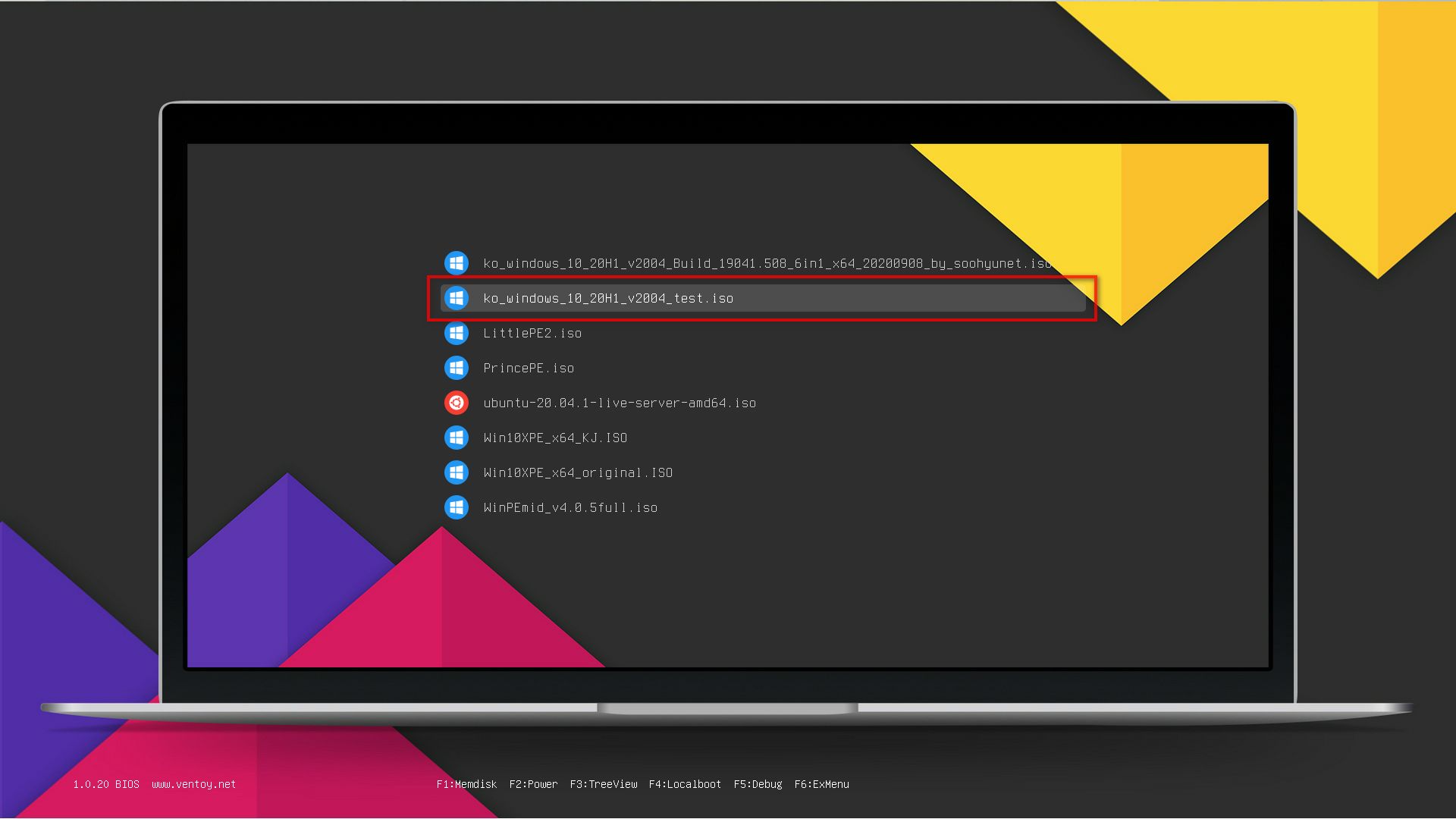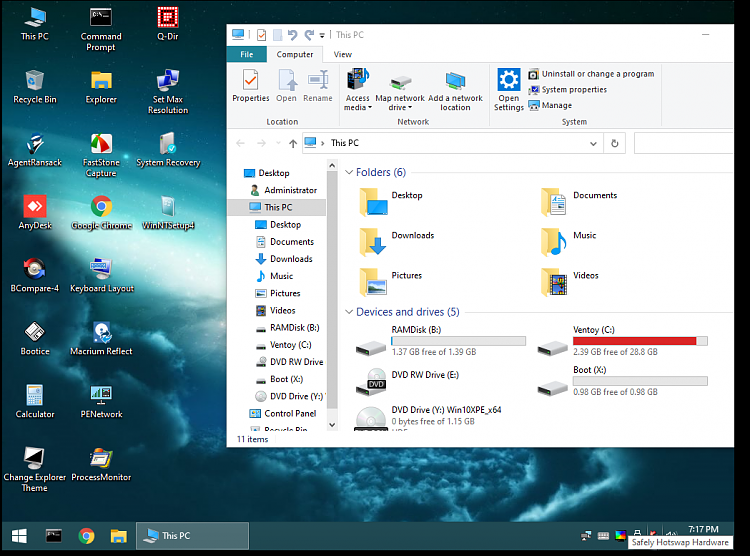
I have created a USB using Ventoy and find it an invaluable resource. Additionally, you can also have Portable Apps, Tools, Utilities, Folders, and Files, ALL on the Non-Bootable Partition of the USB.Īlso, EdTittel, a Windows Insider MVP member, wrote this in his blog. Most types of OS are supported, including, x86 Legacy BIOS, IA32 UEFI, x86_64 UEFI, ARM64 UEFI and MIPS64EL UEFI.īasically, depending on the size of the USB, you can have ALL your Bootable ISO's on the USB. You can copy many files at a time and Ventoy will give you a boot menu to select them. With Ventoy, you don't need to format the disk over and over, you just need to copy the ISO/WIM/IMG/VHD(x)/EFI files to the USB drive and boot them directly. It is a small file.Ventoy is an open source tool to create a bootable USB drive for ISO/WIM/IMG/VHD(x)/EFI files. Click on the one for Windows and the download starts immediately. It will redirect you the ventoy Official GitHub site that has the latest release of the application. Visit ventoy official download site to get the zip file. To install ventoy, You would need to download its zip file that contains the application. In this guide, I will show you how to install ventoy on a Windows system and boot from the USB drive. supports most types of OS, tested with 780+ iso files.Plugin Framework and GUI Plugin Configurator.

Directly boot from the image file, No extraction needed.Fast, you just have to format the drive with ventoy application and copy the image files.Ventoy though has a lot of cool features that include: iso at a time and some are dependent on a specific Operating System.Īlternatives to Ventoy include MultibootUSB, Easy2Boot and YUMI which allow loading of more than one Operating System from its DISC Images. OEM license in the BIOS (not in your case w/ NUC). Common with all those is that they only flash one. There are three ways Windows Setup looks for a product key: 1. Others include balenaEtcher, UNetbootin, WoeUSB, WinSetupFromUSB, and others. iso at a time, hence you would have to format it every single time you want to boot with a different operating system.

The only disadvantage is that it supports one. It is also small and simple to use just like ventoy.


The most common tool that is used in Windows for creating a bootable USB drive is Rufus. It supports Linux, Windows, VMware, Unix, ChromeOS, WinPE. With ventoy, you do not need to format the USB drive in order to create another bootable file, You will just copy the image file and then ventoy gives you a list to select from when booting your machine. Ventoy is an open-source tool that enables you to create multiple bootable USB files.


 0 kommentar(er)
0 kommentar(er)
